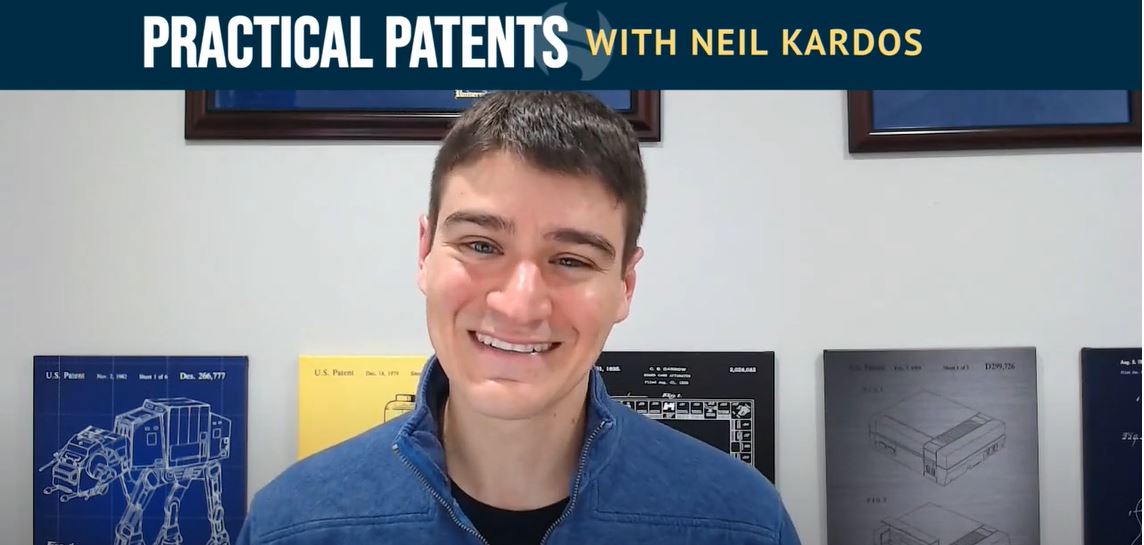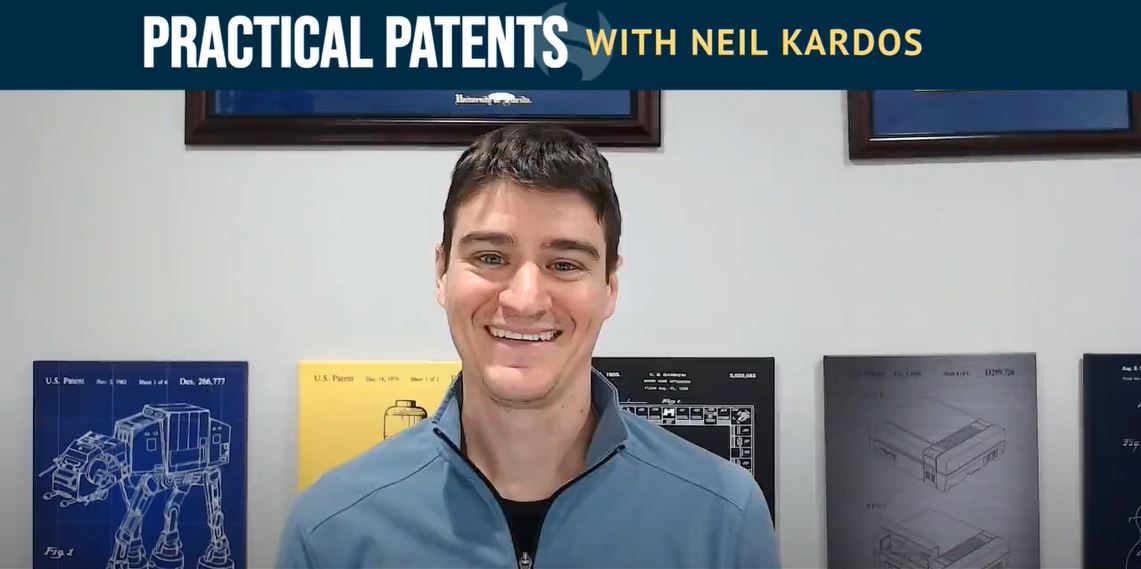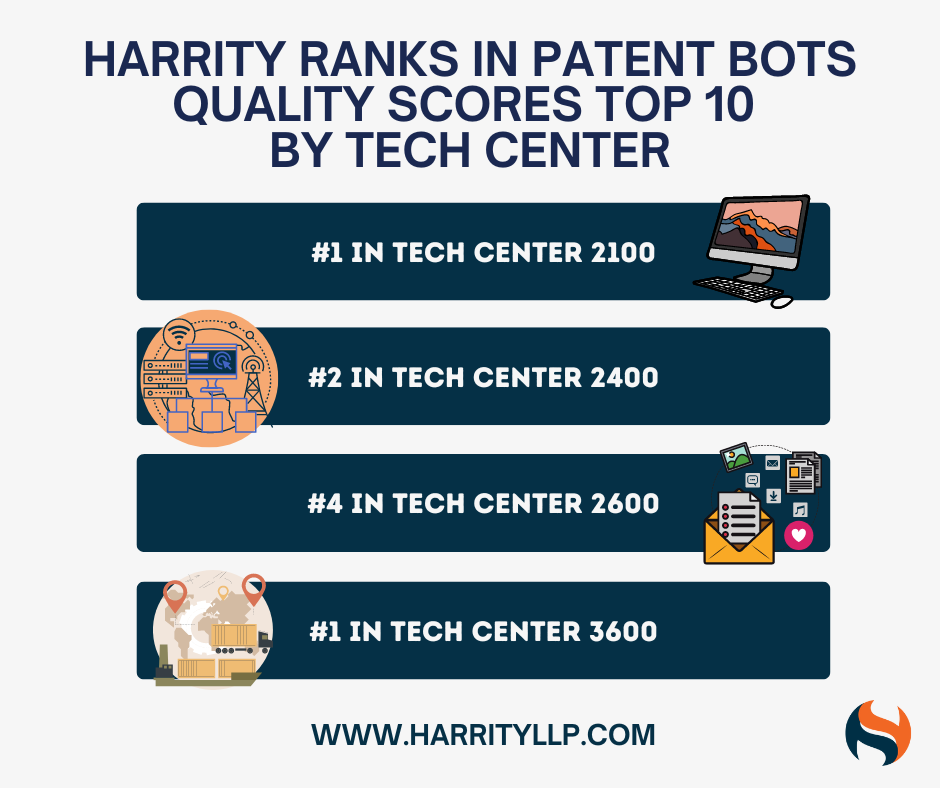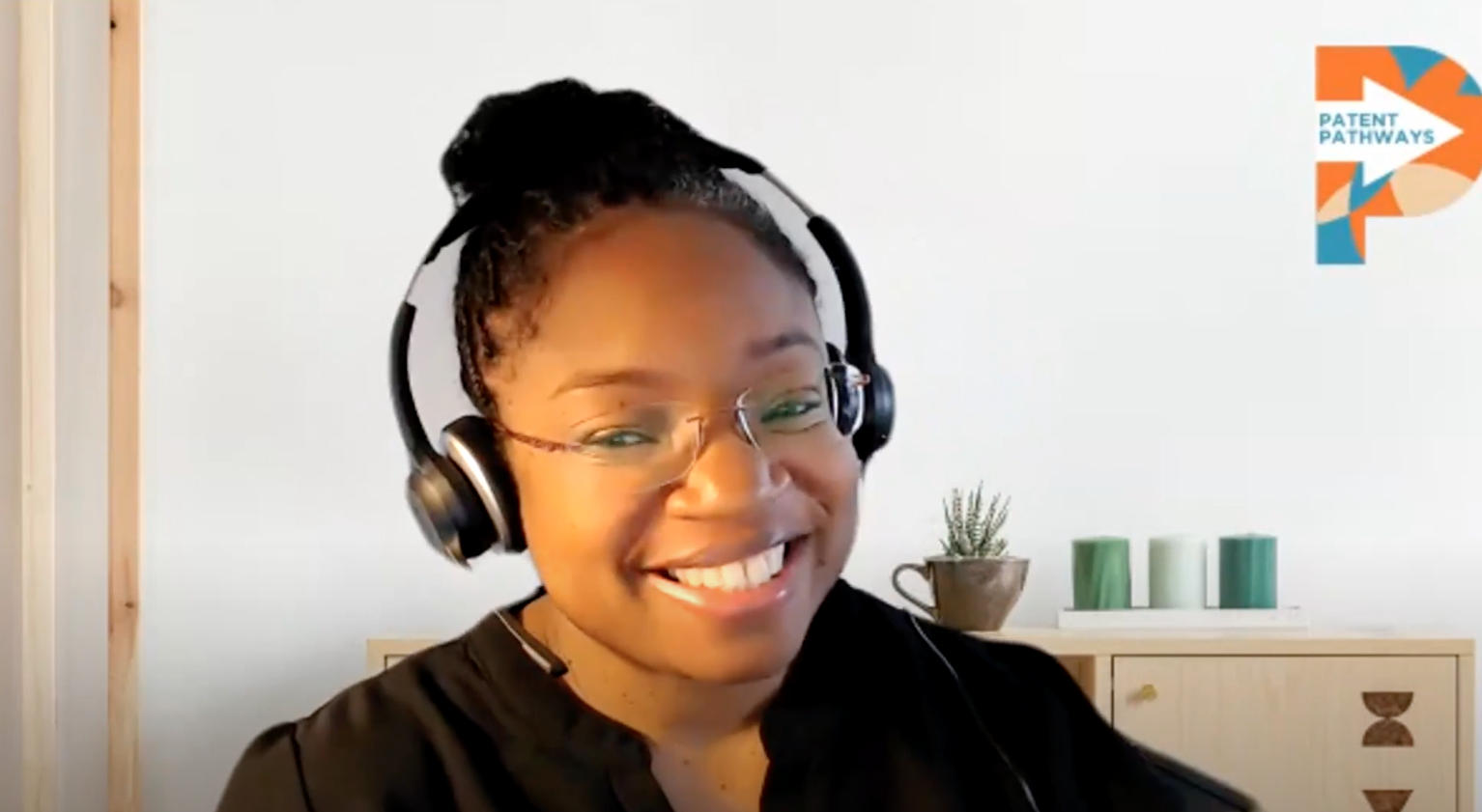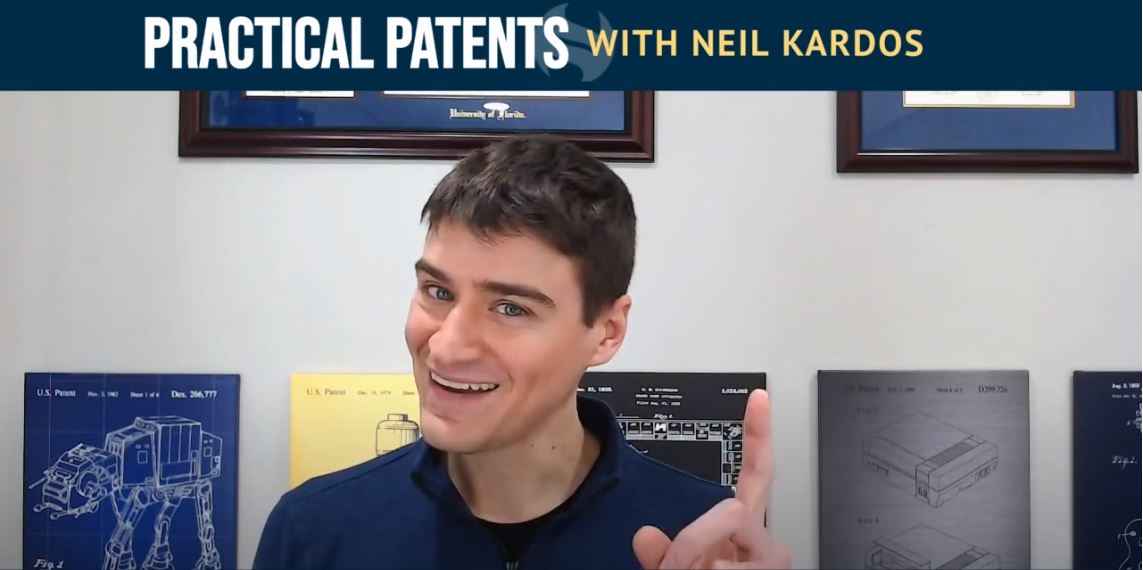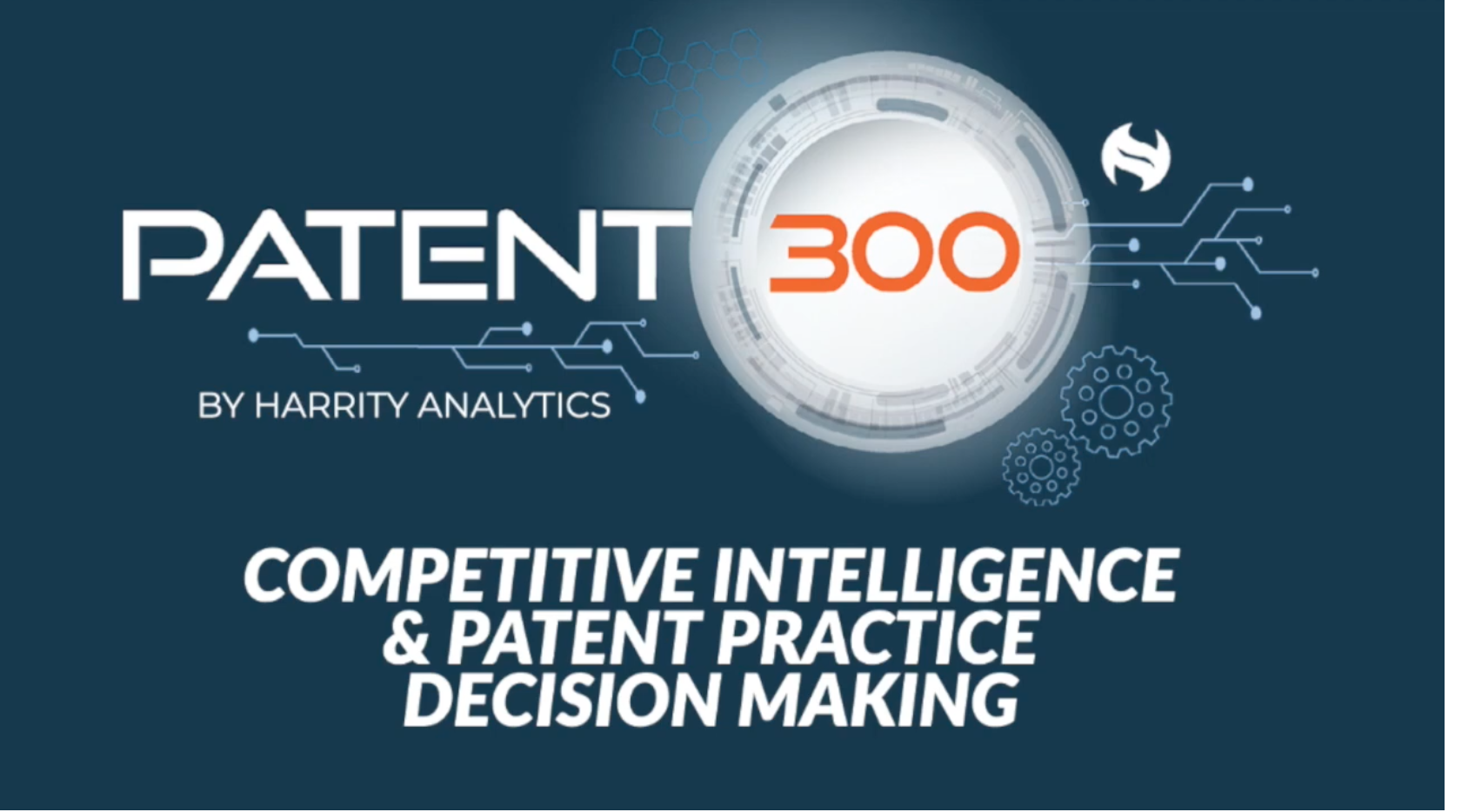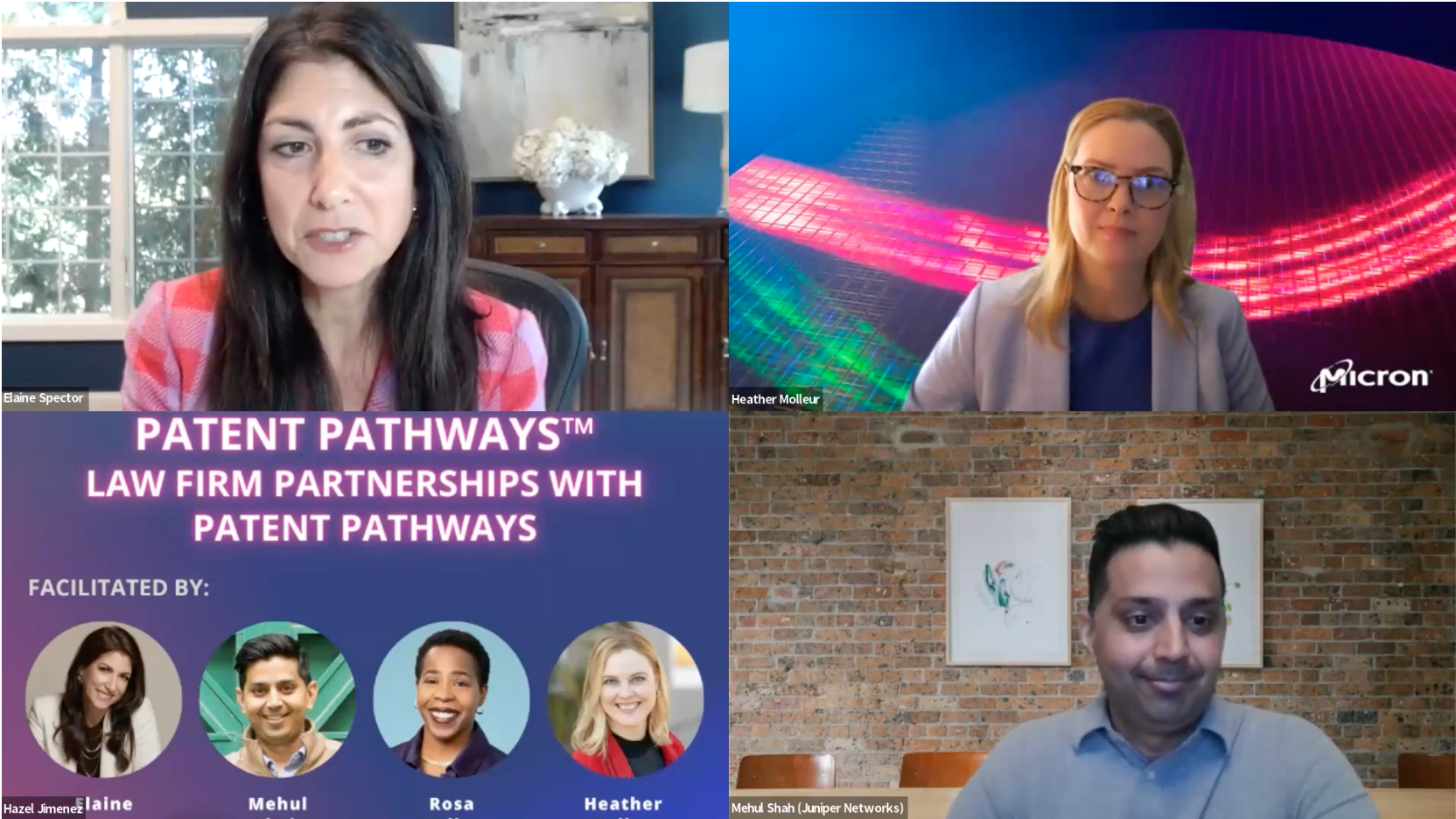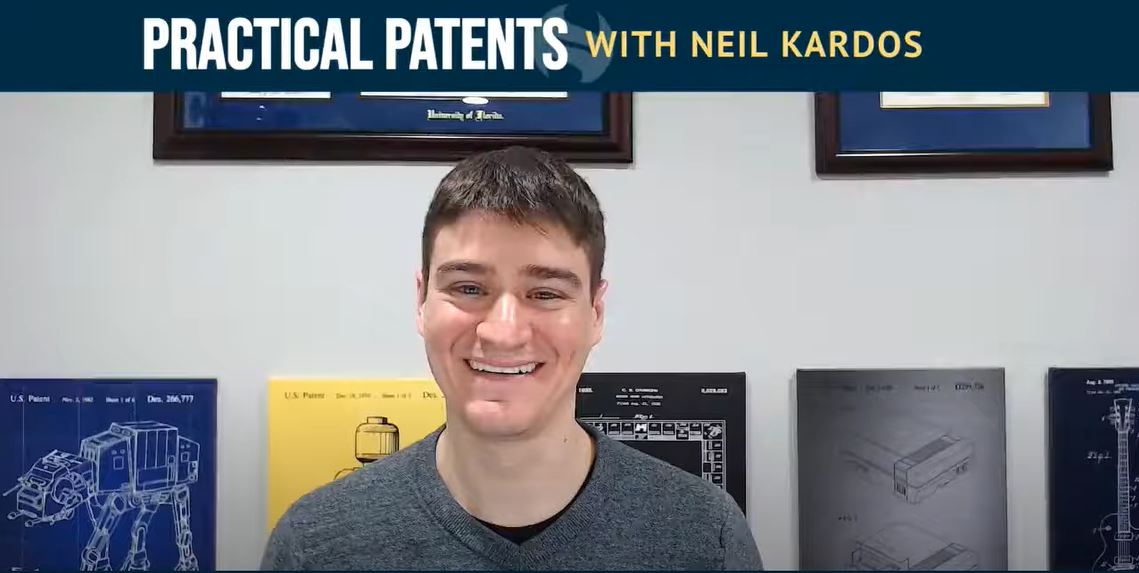Tips for Improving Readability of Patent Claims
Greetings, patent enthusiasts! In this latest blog post, Neil Kardos shares some valuable tips on how to enhance the readability of your patent claims.
As we all know, patent claims can be challenging to comprehend due to the presence of legal and technical terminology. Neil sheds some light on one particular aspect of claim language: antecedent basis and how it affects the readability of your claims.
Antecedent Basis and Awkward Wording: Antecedent basis refers to using the word “the” to refer back to a word or phrase previously introduced in the claims. This practice often leads to peculiar phrasing, making the claims less accessible to readers. To illustrate this point, let’s consider an example. If the phrase “at least one widget” is used, referring back to it would require saying “the at least one widget,” resulting in awkward language.
Simplifying the Language: A simple solution to improve readability by replacing “at least one” with the phrase “one or more.” By using “one or more,” you can refer back to the widgets as “the one or more widgets.” This change brings the language closer to standard usage, eliminating the unusual phrasing of “the at least one widget.” In some cases, an even better alternative is to use the indefinite article “a” or “an.” For instance, instead of “the system includes one or more widgets,” you can state “the system includes a widget” and then refer back to it as “the widget.” In terms of claim interpretation, saying “the system includes a widget” is equivalent to saying “the system includes one or more widgets.”
Avoiding “One of a”: Try avoiding the phrase “one of a,” as it leads to cumbersome wording when referring back to it. For instance, using “one of a plurality of widgets” would result in “the one of the plurality of widgets.” A more concise alternative by rephrasing it as “a widget, of a plurality of widgets.” This way, you can easily refer back to it as “the widget.”
Enhancing Clarity: In general, it is crucial to be vigilant for instances where phrases create awkward wording upon reference. By identifying these situations, you can find alternative ways to make the language more fluid and understandable. The goal is to improve the readability of your patent claims for a wider audience, including examiners, potential licensees, and competitors.
In conclusion: Neil’s tips provide valuable insights into enhancing the readability of patent claims. By simplifying language and avoiding awkward phrasing caused by antecedent basis, you can make your claims more accessible to readers. Clear and concise claims are essential for effective communication and successful patent prosecution.
Thanks for reading! Don’t forget to come back for more tips in the next installment of the Practical Patents Series.
Want more tips? Check out other Practical Patents videos with Neil Kardos here!


